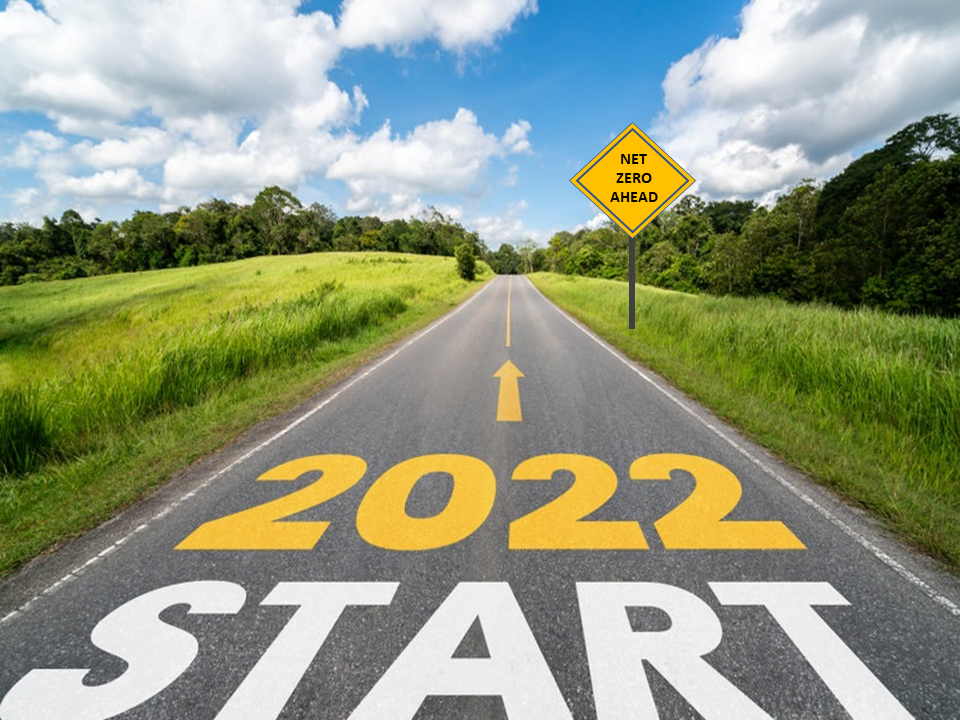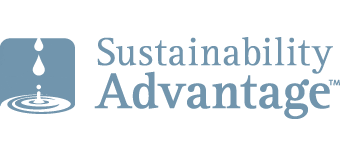3 COP26-Inspired New Year’s Resolutions

The August Intergovernmental Panel report (IPCC) report, Climate Change 2021, was a code red for humanity. The November COP26 meeting in Glasgow, Scotland, was billed as humanity’s last and best chance to keep the all-important goal—of limiting global warming to 1.5 degrees Celsius above pre-industrial levels—alive. The press hyped it as an opportunity to avert climate catastrophe. The urgency was clear. Hopes were high. The results were disappointing. However. they led to three COP26-inspired new year’s resolutions to unleash market forces in the drive to net-zero.
Why was COP26 “disappointing”? The Glasgow Climate Pact signed at the end of COP26 calls upon countries to (1) transition towards “low-emission” energy sources, (2) escalate efforts to “phase down” “unabated” coal power, and (3) phase out “inefficient” fossil fuel subsidies. There is malevolent wiggle room in all three resolutions. They have no deadlines, no teeth, and no urgency.
A friend suggested that if I could get past the profanities, I might enjoy the biting humor in Jonathan Pie: The World’s End and its damnation of COP26 dynamics. I did. To be fair, COP26 provoked excellent coverage in mainstream media of what was stake. However, I expect that climate scientists identify with the despair of the astronomers in “Don’t Look Up” about their warnings of impending catastrophe not being taken seriously by governments. Me too.
The Bitter Takeaways
The good news is that I learned three hard lessons from the 26th COP-out.
- The fossil fuel lobby is awesomely powerful. The fossil fuel industry lobbyists constituted a larger delegation (503) than any single country. For the last 25 COPs, they have managed to prevent final agreements from acknowledging that climate change is caused by the burning of fossil fuels.
- We can’t rely on national governments to fix climate change. Conferences Of the Parties (COPs) convene UN. member states. According to new research from the International Monetary Fund (IMF), national governments subsidized the production and burning of coal, oil, and gas by $5.9 Trillion in 2020. How can we trust national governments to prevent a crime against humanity that they are using our tax dollars to abet?
- Country-level pledges are unreliable. Countries bring their Nationally Determined Contributions (NDCs) to COPs, pledging to reduce their greenhouse gas (GHG) contributions to the climate crisis. However, these pledges are not legally binding commitments nor are they adequate Even if countries kept their COP26 NDC pledges, temperatures would rise 2.4 degrees Celsius above pre-industrial levels—well above the danger threshold of 1.5 degrees Celsius.
Target Demand Reduction
For me, these are very inconvenient truths. They engendered feelings of despair, even a temptation to give up. If I can’t rely on national governments to straight-arm the fossil fuel lobby and stop the production of fossil fuels, what hope is there?
Yet, realistically, expecting COP26 to be any more effective than the previous 25 COPs is akin to Charlie Brown’s wishful thinking that Lucy won’t pull the football away. It’s time to wake up and use a different strategy. Instead of sitting back and relying on national governments to cut back the supply of polluting fossil fuels, we need to roll up our sleeves and reduce the demand for them.
The stone age did not end because the world ran out of stones; it ended because we developed better technologies that made stone-based technologies obsolete. The fossil fuel age will not end because we run out of fossil fuels; it will end because we have transitioned from a fossil fuel-powered economy to a renewable energy-powered economy. We need to make fossil fuel energy unnecessary, unwanted.
The transition to “net-zero” is all about reducing demand by weaning ourselves off our dependence on fossil fuels. As defined by the Science Based Targets Initiative (SBTi), businesses meet the Net-Zero Standard by cutting their GHG emissions 50% by 2030, and 100% by 2050. The net-zero movement is a fossil fuel demand-reducing movement. Perfect.
The Road to Net-Zero: Unleash market forces
But how do we get a critical mass of businesses to commit to reduce their GHGs 50% by 2030? Follow the money and influence the influencers. My three New Year’s resolutions are to work with influencers to:
- Convince buyers to use net-zero sustainable procurement, which requires suppliers to disclose their sustainability performance, and gives preferential treatment to suppliers that are committed to net-zero and are taking the most action to reduce their GHGs 50% by 2030.
- Convince stock exchanges and investors to require listed companies to disclose the risk of climate-related impacts on their financials, as well as their plans to mitigate those financial impacts by committing to net-zero and are taking the most action to reduce their GHGs 50% by 2030.
- Convince bankers to offer net-zero sustainability-linked loans, which require borrowers to disclose their sustainability performance, and then give preferential treatment to borrowers that are committed to net-zero and are taking the most action to reduce their GHGs 50% by 2030.
Companies will want to improve their sustainability scores, lower their GHGs, and transition away from fossil fuels so that they qualify for favored treatment from buyers, investors, and bankers. These strategies unleash market forces that mobilize a global critical mass of companies’ self-serving drive to net-zero demand for fossil fuels.
Let’s increase our resolve
Is this wishful thinking? Not at all. Some buyers, investors and bankers are already doing these things. We have the necessary tools and expertise to help more do the same. Glasgow made one thing clear: it’s up to us. Our challenge is to quickly scale our efforts so that a critical mass of buyers, investors, and bankers adopt these practices.
Can we pull this off? I’m not sure, but I’m going to have fun trying, and will start with promoting the deployment of sustainable procurement at federal and municipal levels. Stay tuned for more on these strategies, but don’t wait. Create your own new year resolutions. If this were a life or death situation for your children and grandchildren, what would your 2022 commitments be? Have fun creating them and following through on them. We can do this.
Please feel free to add your comments and questions using the “Leave a reply” comment box under the “Share this entry” social media symbols, below. For email subscribers, please click here to visit my site and provide feedback.



